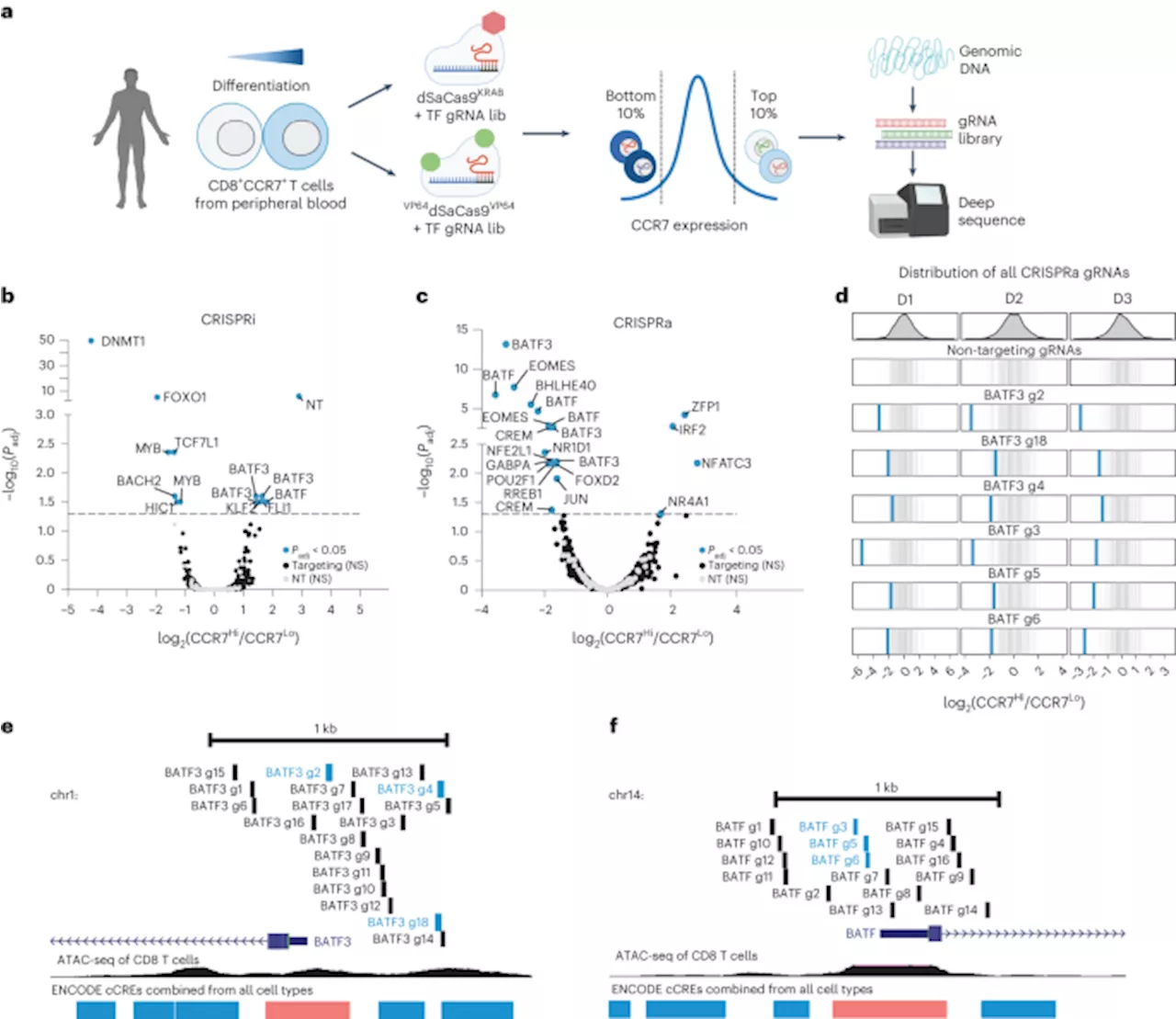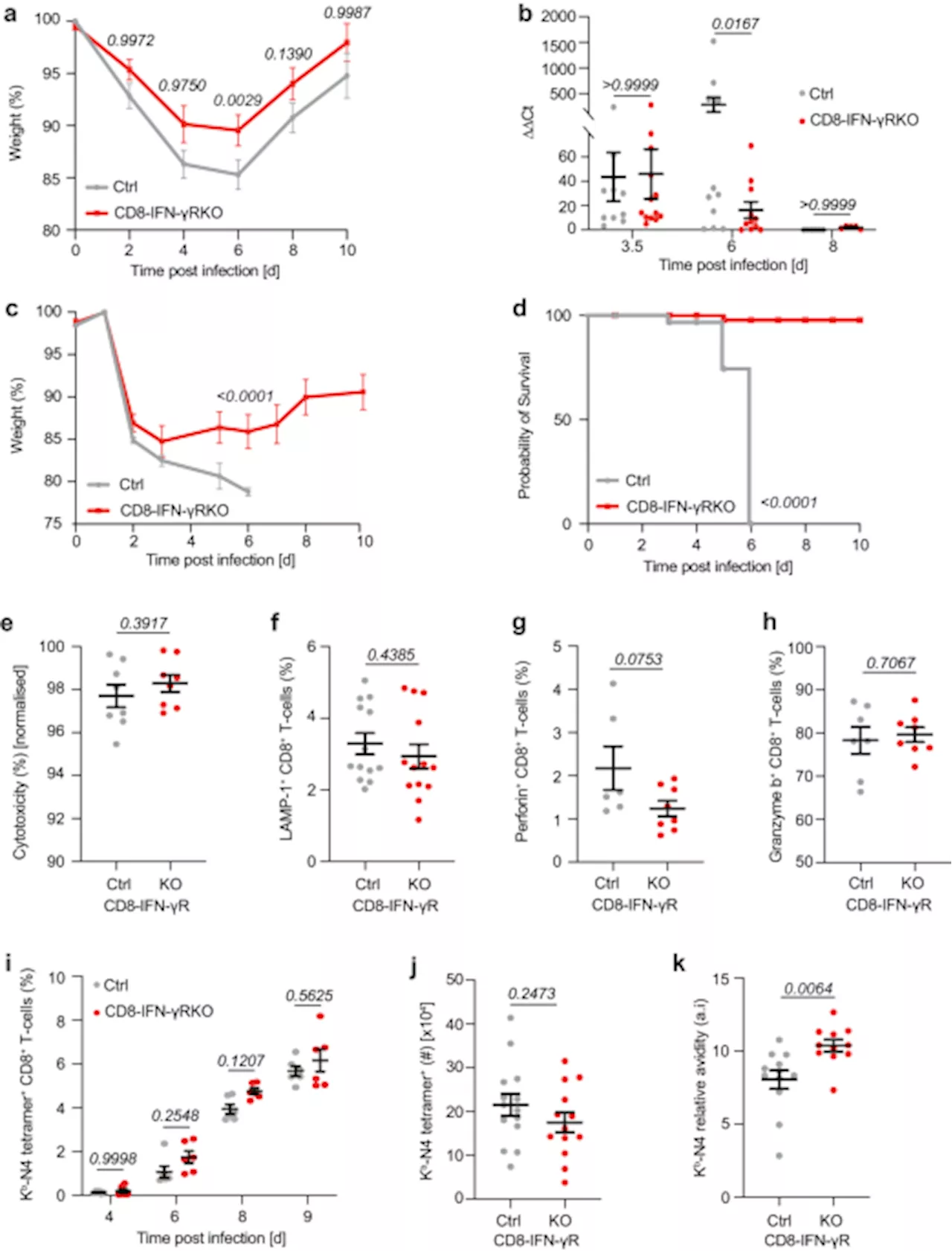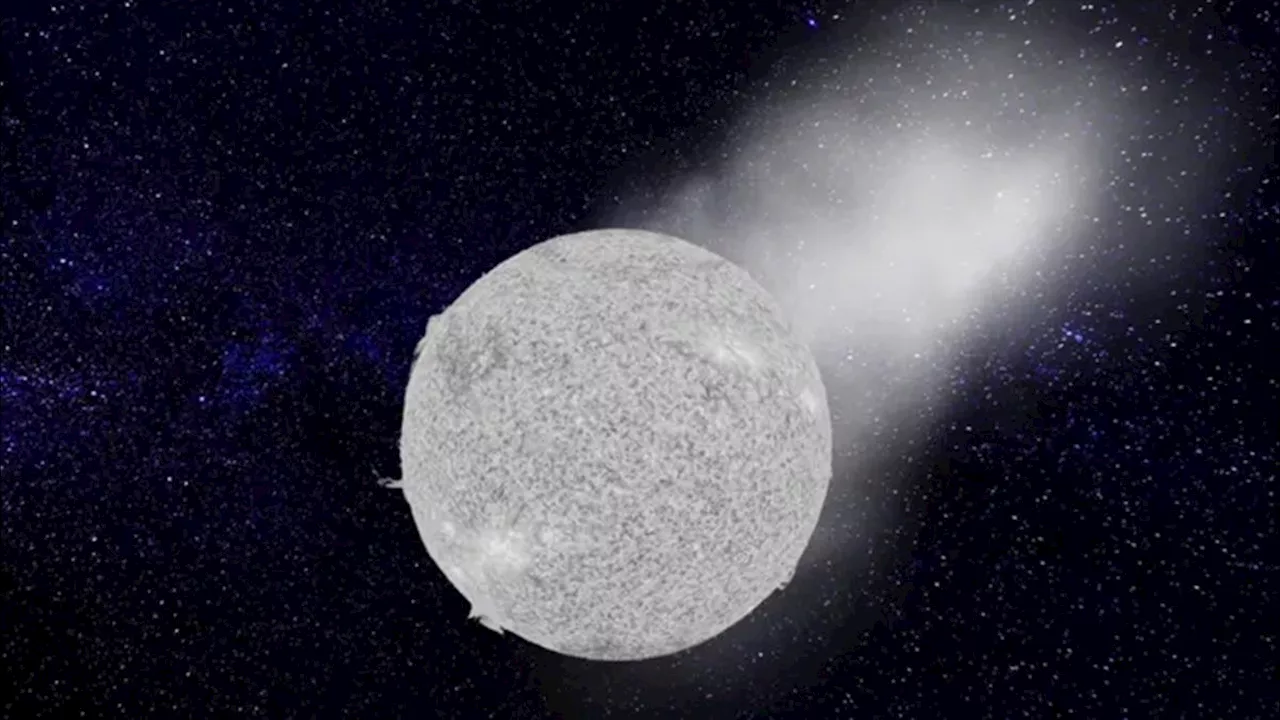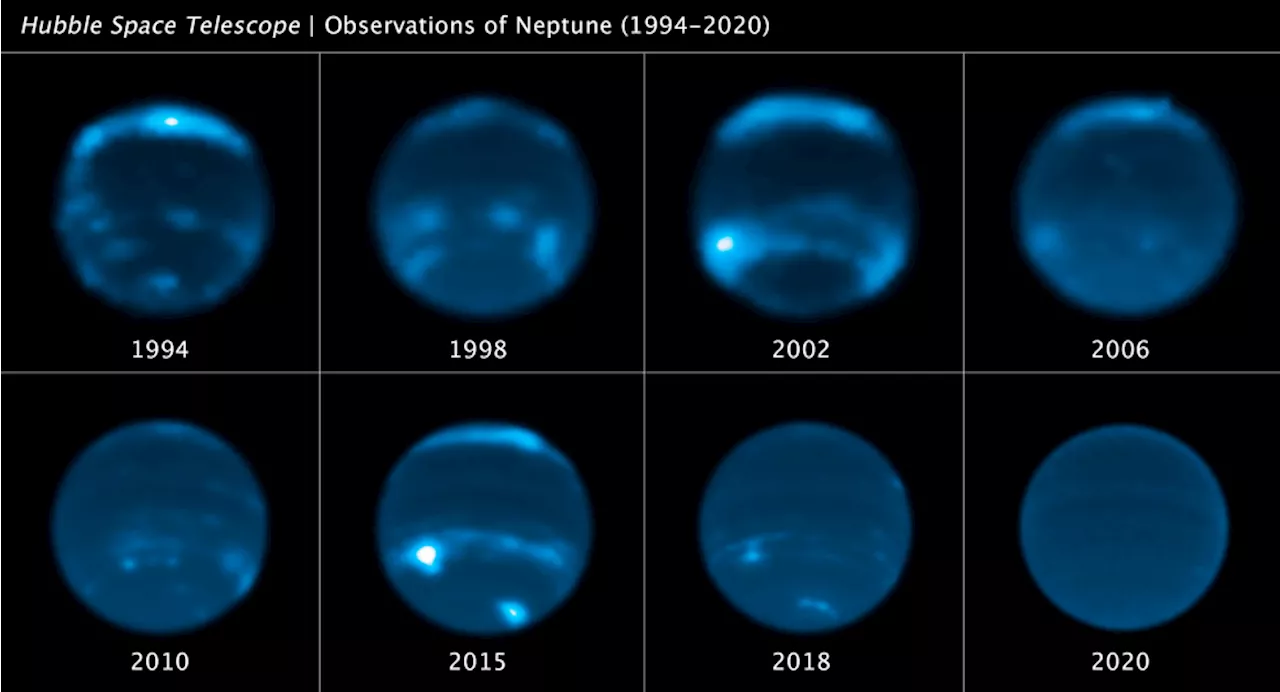Researchers have developed a method to improve molecular interactions in polymer solar cells, eliminating the need for toxic solvents and enhancing efficiency. The study highlights the benefits of oligoethylene glycol (OEG)-based side chains, marking a crucial step towards more environmentally friendly and efficient solar cells suitable for wearable devices.
Researchers have made a significant advancement in polymer solar cell technology by developing a method to improve molecular interactions using side-chain engineering . This approach eliminates the need for toxic halogenated processing solvents, thereby enhancing the cells’ efficiency and stability.
The study, which highlights the benefits of oligoethylene glycol (OEG)-based side chains, marks a crucial step towards more environmentally friendly and efficient solar cells suitable for wearable devices
Polymer Solar Cells Side-Chain Engineering Efficiency Stability Environmentally Friendly Wearable Devices
Malaysia Latest News, Malaysia Headlines
Similar News:You can also read news stories similar to this one that we have collected from other news sources.
 Discovery of BATF3 as a regulator of T cell gene networks improves adoptive T cell therapyBATF3 overexpression promotes memory T cell features and attenuates gene programs associated with cytotoxicity, regulatory T cell function, and exhaustion. It enhances the potency of CAR T cells and correlates with positive clinical response to adoptive T cell therapy.
Discovery of BATF3 as a regulator of T cell gene networks improves adoptive T cell therapyBATF3 overexpression promotes memory T cell features and attenuates gene programs associated with cytotoxicity, regulatory T cell function, and exhaustion. It enhances the potency of CAR T cells and correlates with positive clinical response to adoptive T cell therapy.
Read more »
Improved Stability and Efficiency of Inverted Perovskite Solar CellsResearchers have developed a method to improve the stability and efficiency of inverted perovskite solar cells by using two different passivation molecules. The cells exhibited increased operating stability and reduced nonradiative recombination losses.
Read more »
 IFN-γ and virtual memory T cells coordinate T cell avidity and fate during infectionDirect sensing of the cytokine IFN-γ by CD8T cells coordinates T cell avidity and differentiation during infection. IFN-γ promotes the expansion of low-avidity T cells and reinforces high-avidity T cell entry into the memory pool. Virtual memory T cells provide IFN-γ in this context.
IFN-γ and virtual memory T cells coordinate T cell avidity and fate during infectionDirect sensing of the cytokine IFN-γ by CD8T cells coordinates T cell avidity and differentiation during infection. IFN-γ promotes the expansion of low-avidity T cells and reinforces high-avidity T cell entry into the memory pool. Virtual memory T cells provide IFN-γ in this context.
Read more »
 'Rogue' star hurtling through the Milky Way won't smash into our solar system after allRobert Lea is a science journalist in the U.K. who specializes in science, space, physics, astronomy, astrophysics, cosmology, quantum mechanics and technology. Rob's articles have been published in Physics World, New Scientist, Astronomy Magazine, All About Space and ZME Science.
'Rogue' star hurtling through the Milky Way won't smash into our solar system after allRobert Lea is a science journalist in the U.K. who specializes in science, space, physics, astronomy, astrophysics, cosmology, quantum mechanics and technology. Rob's articles have been published in Physics World, New Scientist, Astronomy Magazine, All About Space and ZME Science.
Read more »
 NASA's most wanted: The 5 most dangerous asteroids in the solar systemRobert Lea is a science journalist in the U.K. who specializes in science, space, physics, astronomy, astrophysics, cosmology, quantum mechanics and technology. Rob's articles have been published in Physics World, New Scientist, Astronomy Magazine, All About Space and ZME Science.
NASA's most wanted: The 5 most dangerous asteroids in the solar systemRobert Lea is a science journalist in the U.K. who specializes in science, space, physics, astronomy, astrophysics, cosmology, quantum mechanics and technology. Rob's articles have been published in Physics World, New Scientist, Astronomy Magazine, All About Space and ZME Science.
Read more »
 Clouds on Neptune Linked to Solar Cycle, Not Seasonal CycleAstronomers have discovered that the clouds in Neptune’s atmosphere are linked to the solar cycle rather than the planet’s cycle of seasons. The global cloud cover on Neptune appears to come and go in sync with the Sun’s 11-year cycle, despite the planet being so far from the Sun.
Clouds on Neptune Linked to Solar Cycle, Not Seasonal CycleAstronomers have discovered that the clouds in Neptune’s atmosphere are linked to the solar cycle rather than the planet’s cycle of seasons. The global cloud cover on Neptune appears to come and go in sync with the Sun’s 11-year cycle, despite the planet being so far from the Sun.
Read more »
